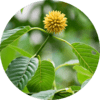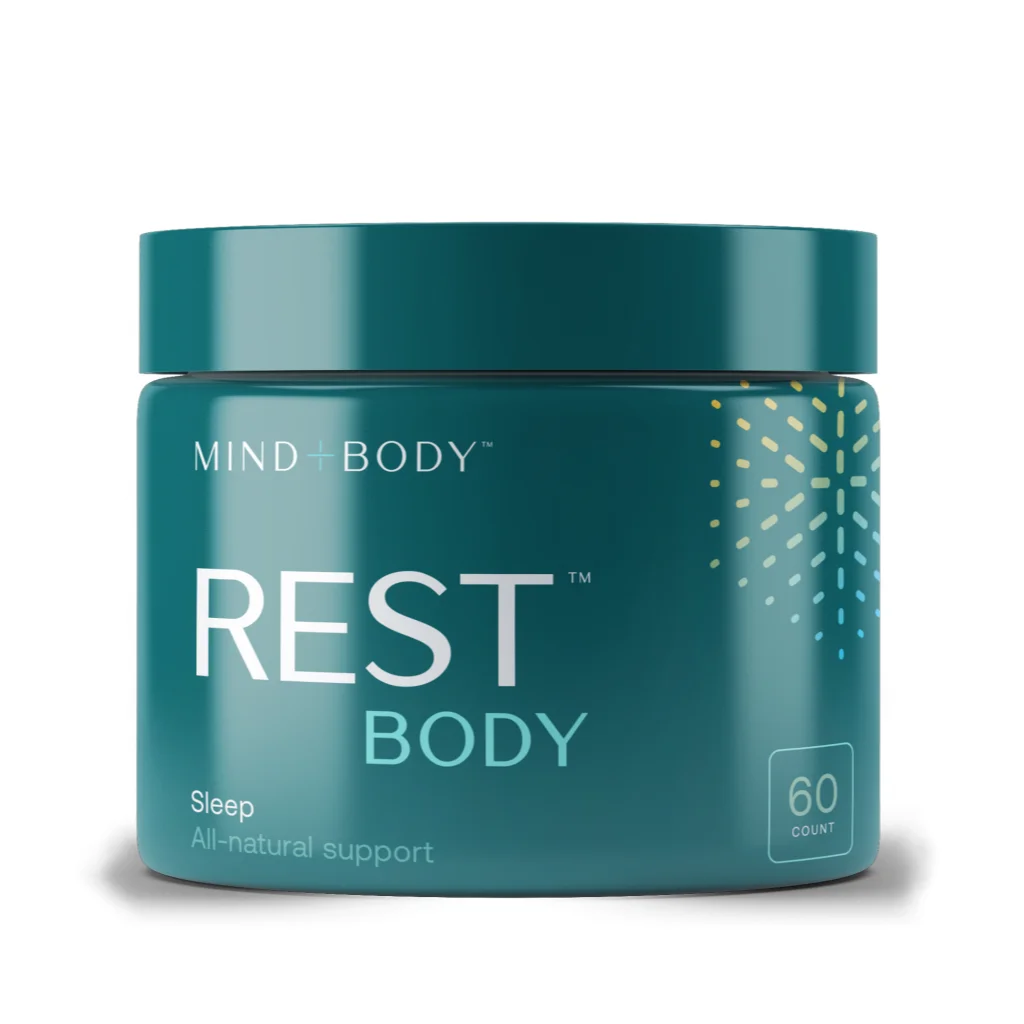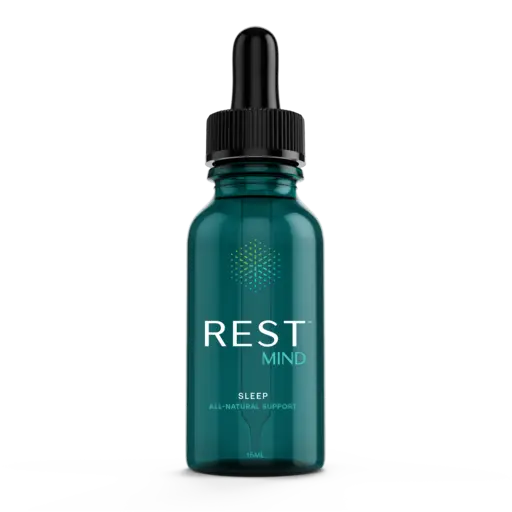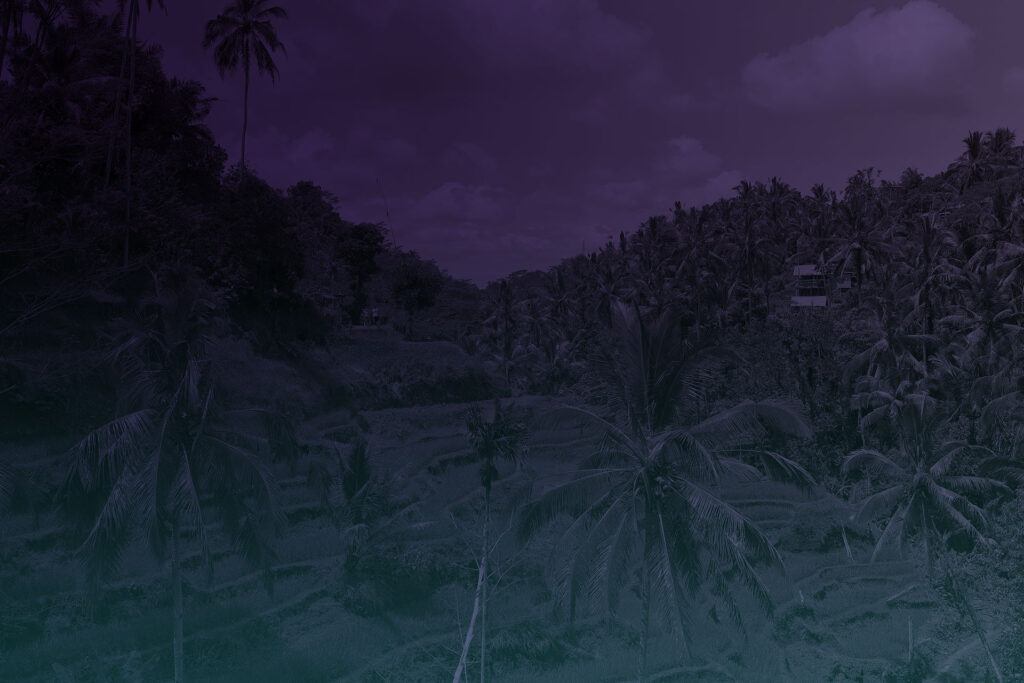A Growing Problem
Ambien, the popular brand name for zolpidem, has long held its position as one of the most prescribed medications in America to combat insomnia. With millions of individuals struggling to attain restful sleep, Ambien has provided a seemingly convenient solution. However, behind its widespread use lies a concerning array of side effects and potential dangers that have come to light. In this article, we delve into the ills of Ambien, shedding light on the risks associated with its usage.
The Rise of Ambien
Introduced in the 1990s as a short-term treatment for insomnia, Ambien quickly gained popularity due to its ability to induce sleep rapidly. It belongs to a class of drugs known as sedative-hypnotics, which target the brain’s receptors to induce a calming effect and facilitate sleep. Ambien works by enhancing the effects of a neurotransmitter called gamma-aminobutyric acid (GABA), which slows down brain activity.
Widespread Prescription
Ambien’s effectiveness and quick onset of action have made it a go-to choice for medical professionals to treat short-term insomnia. Unfortunately, this has led to the medication being frequently prescribed without fully considering the potential risks and consequences. According to data from the National Health and Nutrition Examination Survey, between 2005 and 2010, an estimated 4% of American adults (approximately 8.6 million people) used prescription sleep aids, with Ambien being the most commonly prescribed medication.
The Side Effects
While Ambien can be an effective short-term solution for insomnia, it is not without its drawbacks. Common side effects include dizziness, drowsiness, headache, and nausea.1 These effects may impair cognitive and motor functions, leading to a higher risk of accidents, falls, and impaired judgment.2 Sleepwalking, sleep-driving, and engaging in other complex activities while not fully awake have been reported by numerous Ambien users. In some cases, people have even reported sleep-eating, sleep-talking, and engaging in activities with no recollection upon waking up.3
Sleep-Related Behaviors
One of the most alarming aspects of Ambien usage is the occurrence of sleep-related behaviors that individuals engage in while under the influence of the drug.3 Reports of sleepwalking incidents involving Ambien are abundant, with users waking up in different locations, sometimes miles away from their homes, with no memory of how they got there. Sleep-driving, where individuals operate a vehicle while not fully awake, is another dangerous consequence associated with Ambien usage. Such incidents have led to accidents, injuries, and even fatalities.3, 4
The Importance of Responsible Prescribing
Given the risks associated with Ambien usage, it is crucial for healthcare professionals to exercise responsible prescribing practices. Adequate patient education regarding potential side effects, precautions, and the importance of following prescribed dosages can help minimize the dangers associated with the drug. A comprehensive evaluation of the patient’s sleep patterns, history, and potential underlying conditions should be conducted before prescribing Ambien, considering alternative treatments where appropriate.
Exploring Alternative Treatments
Fortunately, there are non-pharmacological treatments and lifestyle changes that can help address insomnia without the need for prescription medications. Cognitive-behavioral therapy for insomnia (CBT-I), for instance, has proven to be highly effective in improving sleep quality and quantity. CBT-I aims to identify and address the underlying causes of insomnia through techniques such as sleep restriction, stimulus control, and relaxation training. Additionally, adopting healthy sleep habits, such as maintaining a consistent sleep schedule, creating a conducive sleep environment, and avoiding stimulants before bedtime, can significantly improve sleep patterns.
Moving Forward
While Ambien has provided relief for many individuals struggling with insomnia, its potential side effects and risks cannot be ignored. Responsible prescribing practices, vigilant monitoring, and patient education are crucial to ensuring the safe use of Ambien. Furthermore, exploring alternative treatments and lifestyle modifications can offer viable options to address insomnia without the potential hazards associated with sedative-hypnotic medications. Prioritizing holistic approaches to sleep health will ultimately promote long-term well-being and minimize the dependence on pharmaceutical interventions.
What is the solution to the problems
outlined in this article?
Well at Mind & Body Naturals, we believe that Mother Nature has all the answers. After two years of human trials, thousands of hours of Research and Development and a commitment to helping our customers alleviate their mental and physical suffering, our proprietary sleep blends can and will solve many of the problems outlined in this article. They are made of 100% all-natural, non-addictive, plant-based ingredients – all from ethically sourced farms. Let’s talk about those ingredient blends and how they work next.
Mother Nature’s Answer
In the heart of Southeast Asia lies Mitragyna Speciosa, a botanical marvel known for its ancient history and impressive range of natural and plant-based benefits. Mitragyna Speciosa is also commonly referred to as Kratom. This tropical evergreen tree has captured the attention of modern society due to its potential to alleviate stress, anxiety, and boost mood.
Now let’s be SUPER CLEAR – we’re not talking about dangerous synthetic Kratom extracts or concentrates made in a lab. Opioids also had their beginnings in a harmless, plant-based poppy seed tea that had pain relieving and sedative properties. But someone decided it needed to be stronger, so went to work in the lab and the result is over 80,000 opioid-related deaths annually in this country – to say nothing of the harm opioid addiction does to individuals and families.
No, we believe that Mother Nature has all the answers. Which is why we are talking about a proprietary blend of 100% all-natural, non-addictive, plant based Kratom from ethically sourced farms.
For centuries, indigenous communities in countries like Thailand, Indonesia, and Malaysia have revered Kratom for its therapeutic properties.5 Traditionally, the leaves were chewed or brewed into a tea to enhance mood, increase energy, and relieve physical discomfort.6-8 Today, scientific research is beginning to unveil the secrets behind this ancient remedy.

While initially used for its stimulant effects research has found multiple uses for this ingredient including sedative properties, mood enhancement, anxiety relief, appetite suppression & weight loss, muscle relaxant properties, and antidepressant effects.5, 7, 9, 11-13, 19, 26-29 Studies also indicate that 1 out of every 4 respondents experience relaxation effects following the consumption of Mitragyna Speciosa.18
One of Kratom’s primary active compounds is Mitragynine, which interacts with the brain’s opioid (Mu) receptors, which can influence mood and pain perception.9, 10 Studies have found that chronic pain, stress, and anxiety all can be a key cause in development of insomnia.21, 22, 25, 27, 28 Research on Mitragyna has found that, that it produces both anxiolytic and analgesic effects when consumed, effectively providing support for both anxiety and chronic pain.7, 11, 12, 18, 19, 27 This makes Kratom, or Mitragyna Speciosa, an appealing natural alternative for those seeking support without the risk of addiction or adverse side effects.13-15
Moreover, Mitragyna’s interaction with our brains mu-receptors may explain its mood-boosting and sedative effects.26, 27 Studies show that Kratom not only elicits an overall calming and relaxation sensation, but it also provides sedative effects, providing sleep support when you need it the most.9, 13, 23, 24, 26 Being able to provide a deep and relaxing night’s sleep may point to why individuals often report feelings of euphoria, improved motivation, and increased focus after using Kratom in moderate amounts.16, 17 This makes it a potential aid for those combating low mood, insomnia, or lack of enthusiasm in their daily lives.

Introducing Nature’s Answer To Insomnia in America
By now you’re probably wondering how to get this proprietary blend of natural, ethically sourced, and affordable Kratom. We’ve got the solution!
We’re Mind and Body Naturals, a revolutionary wellness company with a range of all-natural, plant-based products across four categories – Sleep Disorders, Anxiety & Depression, Energy & Mental Focus (treating ADD & ADHD), and Pain. Our Mitragyna Speciosa blends are only one example of the dozens of “Secret all-natural Ingredients” that we use to help our customers feel like themselves again.
But how we came to be – our “why” is very personal. Jon Black, our founder & CEO had 2 very close friends commit suicide.
 During that same period, members of his own family began to experience significant mental health challenges.
During that same period, members of his own family began to experience significant mental health challenges.
That’s when he sought out – and began working with, naturopathic doctors, research scientists, and chemists. Together, they began researching the globe for all-natural, non-addictive, plant-based ingredients that would help his loved ones.
Two years of research and human trials followed, and Mind & Body Naturals is the result. Now, our vision is to relieve the mental and physical suffering of millions of people, using all-natural, non-addictive, plant-based medicine.
Our flagship and best-selling all-natural sleep support products are Rest Body and Rest Mind, both backed by over 2-years of pre-clinical human trials, over 150 scientifically published articles referenced, and thousands of positive reviews.

Is your body “restless” at night – or even during the day? It doesn’t take much to digest that word; “rest-less,” and those who are suffering know exactly what that feels like. Our non-addictive, plant-based solution is rooted in nature, backed by extensive research, and specifically designed to help you “rest-more!” Rest Body (see where the name comes from?) contains 60 capsules with our proprietary “Sleep Formula.” With well over 50 different strains globally, we’ve been hard at work creating and testing to produce the best possible blend of strains for our customers! Our proprietary blend of 100% Mitragyna Speciosa is packed into easily digestible vegetable capsules to provide you with the quick, effective support you need to help you Be Yourself AgainTM.

Rest Mind is another one of our non-addictive, plant-based solutions rooted in nature and backed by extensive research and studies. As its name implies, Rest Mind helps your mind calm down, so you can sleep at night. This formula provides a unique propriety blend of cannabinoids, terpenes, and essential oils with ingredients backed by research to provide stress support.29-40
The effects of Rest Mind are much like Rest Body, but Rest Mind uses an oil dropper as the delivery method instead. Place a few drops under the tongue and wait at least 60 seconds to properly absorb, then swallow.
How Soon Does It Work?
The calming, non-addictive, and relaxing effects of Rest Body and Rest Mind are typically felt within 30-90 minutes and can last throughout the night.
If You’re Looking To:
- Enjoy a Deep Restful Night’s Sleep
- Stop Restlessness – Rest More Instead of Less
- Unwind in a Natural, Relaxing Way
- Awaken Refreshed with Natural Energy
- Try Non-addictive – 100% Natural Ingredients
- Feel the Natural Goodness Within
Then we welcome you to try our products risk-free here! Enjoy a 60-day money-back guarantee and as part of our limited-time introductory promotion each of our products are just $9.99!
References
- NIDA. “Prescription CNS Depressants DrugFacts.” National Institute on Drug Abuse, 6 Mar. 2018, https://nida.nih.gov/publications/drugfacts/prescription-cns-depressants Accessed 29 Sep. 2023.
- FDA. “FDA Requiring Labeling Changes for Benzodiazepines.” Food and Drug Administrations, 23 Sep. 2020, https://www.fda.gov/news-events/press-announcements/fda-requiring-labeling-changes-benzodiazepines
- FDA. “Risk of next-morning impairment after use of insomnia drugs…” Food and Drug Administration, 10 Jan. 2013, https://www.fda.gov/files/drugs/published/Drug-Safety-Communication–Risk-of-next-morning-impairment-after-use-of-insomnia-drugs–FDA-requires-lower-recommended-doses-for-certain-drugs-containing-zolpidem-%28Ambien–Ambien-CR–Edluar–and-Zolpimist%29.pdf
- FDA. “FDA warns about serious risks and death when combing opioid pain or cough medicines with benzodiazepines; requires its strongest warning.” Food and Drug Administration, 31 Aug. 2016, https://www.fda.gov/drugs/drug-safety-and-availability/fda-drug-safety-communication-fda-warns-about-serious-risks-and-death-when-combining-opioid-pain-or
- Singh, Darshan, et al. “Changing trends in the use of kratom (Mitragyna speciosa) in Southeast Asia.” Human Psychopharmacology: Clinical and Experimental 32.3 (2017): e2582.
- Tanguay, P., & Drug Policy Consortium, I. (2011). Kratom in Thailand. SSRN Electronic Journal.
- E Adkins, Jessica, Edward W Boyer, and Christopher R McCurdy. “Mitragyna speciosa, a psychoactive tree from Southeast Asia with opioid activity.” Current topics in medicinal chemistry 11.9 (2011): 1165-1175.
- Vicknasingam, Balasingam, et al. “The informal use of ketum (Mitragyna speciosa) for opioid withdrawal in the northern states of peninsular Malaysia and implications for drug substitution therapy.” International Journal of Drug Policy 21.4 (2010): 283-288.
- Suhaimi, F. W., Yusoff, N. H. M., Hassan, R., Mansor, S. M., Navaratnam, V., Müller, C. P., & Hassan, Z. (2016). Neurobiology of Kratom and its main alkaloid mitragynine. Brain Research Bulletin (Vol. 126, pp. 29–40). Elsevier Inc.
- Johnson LE, Balyan L, Magdalany A, Saeed F, Salinas R, Wallace S, Veltri CA, Swogger MT, Walsh Z, Grundmann O. The Potential for Kratom as an Antidepressant and Antipsychotic. Yale J Biol Med. 2020 Jun 29;93(2):283-289. PMID: 32607089; PMCID: PMC7309668.
- Swogger MT, Walsh Z. Kratom use and mental health: A systematic review. Drug Alcohol Depend. 2018 Feb 1;183:134-140. PMID: 29248691.
- Idayu, N Farah et al. “Antidepressant-like effect of mitragynine isolated from Mitragyna speciosa Korth in mice model of depression.” Phytomedicine: international journal of phytotherapy and phytopharmacology vol. 18,5 (2011): 402-7.
- Swogger, M. T., Hart, E., Erowid, F., Erowid, E., Trabold, N., Yee, K., Parkhurst, K. A., Priddy, B. M., & Walsh, Z. (2015). Experiences of Kratom Users: A Qualitative Analysis. Journal of Psychoactive Drugs, 47(5), 360–367.
- Kruegel AC, Grundmann O. The medicinal chemistry and neuropharmacology of kratom: A preliminary discussion of a promising medicinal plant and analysis of its potential for abuse. Neuropharmacology. 2018 May 15;134(Pt A):108-120. PMID: 28830758.
- Henningfield, J., Fant, R., & Wang, D. (2021). Annotated Update: The Abuse Potential of Kratom According to the 8 Factors of the Controlled Substances Act: Implications for Regulation and Research. Front Pharmacol. 2021; 12: 775073. PMID: 35197848
- Swogger, M. T., Hart, E., Erowid, F., Erowid, E., Trabold, N., Yee, K., Parkhurst, K. A., Priddy, B. M., & Walsh, Z. (2015). Experiences of Kratom Users: A Qualitative Analysis. Journal of Psychoactive Drugs, 47(5), 360–367.
- Grundmann, Oliver. “Patterns of kratom use and health impact in the US—results from an online survey.” Drug and alcohol dependence 176 (2017): 63-70.
- Vicknasingam B, Chooi WT, Rahim AA, Ramachandram D, Singh D, Ramanathan S, Yusof NSM, Zainal H, Murugaiyah V, Gueorguieva R, Mansor SM, Chawarski MC. Kratom and Pain Tolerance: A Randomized, Placebo-Controlled, Double-Blind Study. Yale J Biol Med. 2020 Jun 29;93(2):229-238. PMID: 32607084; PMCID: PMC7309661.
- Coe, Marion A., et al. “Kratom as a substitute for opioids: results from an online survey.” Drug and alcohol dependence 202 (2019): 24-32.
- Raffa, R. B., et al. “Nature’s first “atypical opioids”: Kratom and mitragynines.” Journal of clinical pharmacy and therapeutics 43.3 (2018): 437-441.
- Kumarnsit, E., Keawpradub, N., & Nuankaew, W. (2006). Acute and long-term effects of alkaloid extract of Mitragyna speciosa on food and water intake and body weight in rats. Fitoterapia, 77(5), 339–345
- Chittrakarn S, Sawangjaroen K, Prasettho S, Janchawee B, Keawpradub N. Inhibitory effects of kratom leaf extract (Mitragyna speciosa Korth.) on the rat gastrointestinal tract. J Ethnopharmacol. 2008 Feb 28;116(1):173-8. doi: 10.1016/j.jep.2007.11.032. Epub 2007 Nov 28. PMID: 18191353
- Limcharoen T, Pouyfung P, Ngamdokmai N, Prasopthum A, Ahmad AR, Wisdawati W, Prugsakij W, Warinhomhoun S. Inhibition of α-Glucosidase and Pancreatic Lipase Properties of Mitragyna speciosa (Korth.) Havil. (Kratom) Leaves. Nutrients. 2022 Sep 21;14(19):3909. doi: 10.3390/nu14193909. PMID: 36235558; PMCID: PMC9572452
- Poulton AS, Hibbert EJ, Champion BL, Nanan RK. Stimulants for the Control of Hedonic Appetite. Front Pharmacol. 2016 Apr 25;7:105. doi: 10.3389/fphar.2016.00105. PMID: 27199749; PMCID: PMC4843092
- Tang, Nicole K Y. “Insomnia Co-Occurring with Chronic Pain: Clinical Features, Interaction, Assessments and Possible Interventions.” Reviews in pain vol. 2,1 (2008): 2-7
- Singh, D., Narayanan, S., Grundmann, O., Dzulkapli, E. bin, & Vicknasingam, B. (2019). Effects of Kratom (Mitragyna Speciosa Korth.) Use in Regular Users. Substance Use & Misuse, 54(14), 2284–2289.
- Swogger, M. T., Smith, K. E., Garcia-Romeu, A., Grundmann, O., Veltri, C. A., Henningfield, J. E., & Busch, L. Y. (2022). Understanding Kratom Use: A Guide for Healthcare Providers. In Frontiers in Pharmacology (Vol. 13). Frontiers Media S.A
- Christopher L. Drake, PhD and others, Stress and Sleep Reactivity: A Prospective Investigation of the Stress-Diathesis Model of Insomnia, Sleep, Volume 37, Issue 8, 1 August 2014, Pages 1295–1304.
- Shannon, Scott et al. “Cannabidiol in Anxiety and Sleep: A Large Case Series.” The Permanente journal vol. 23 (2019): 18-041. doi:10.7812/TPP/18-041
- Chagas, Marcos Hortes N., et al. “Effects of acute systemic administration of cannabidiol on sleep-wake cycle in rats.” Journal of Psychopharmacology 27.3 (2013): 312-316.
- Moltke, J., Hindocha, C. Reasons for cannabidiol use: a cross-sectional study of CBD users, focusing on self-perceived stress, anxiety, and sleep problems. J Cannabis Res 3, 5 (2021).
- Yamamoto, I., Watanabe, K., Kuzuoka, K., Narimatsu, S., & Yoshimura, H. (1987). The Pharmacological Activity of Cannabinol and its Major Metabolite, 11-HydroxyCannabinol. CHEMICAL & PHARMACEUTICAL BULLETIN, 35(5), 2144–2147.
- Maione, Sabatino et al. “Non-psychoactive cannabinoids modulate the descending pathway of antinociception in anaesthetized rats through several mechanisms of action.” British journal of pharmacology vol. 162,3 (2011): 584-96. doi:10.1111/j.1476-5381.2010.01063.x
- Thomas, Dylan D et al. “Effects of medium chain triglycerides supplementation on insulin sensitivity and beta cell function: A feasibility study.” PloS one vol. 14,12 e0226200. 23 Dec. 2019.
- Zgair, Atheer et al. “Dietary fats and pharmaceutical lipid excipients increase systemic exposure to orally administered cannabis and cannabis-based medicines.” American journal of translational research vol. 8,8 3448-59. 15 Aug. 2016
- de Moura Linck, V., da Silva, A. L., Figueiró, M., Luis Piato, Â., Paula Herrmann, A., Dupont Birck, F., Bastos Caramão, E., Sávio Nunes, D., Moreno, P. R. H., & Elisabetsky, E. (2009). Inhaled linalool-induced sedation in mice. Phytomedicine, 16(4), 303–307.
- do Vale, T Gurgel et al. “Central effects of citral, myrcene and limonene, constituents of essential oil chemotypes from Lippia alba (Mill.) n.e. Brown.” Phytomedicine : international journal of phytotherapy and phytopharmacology vol. 9,8 (2002): 709-14.
- Surendran, Shelini et al. “Myrcene-What Are the Potential Health Benefits of This Flavouring and Aroma Agent?.” Frontiers in nutrition vol. 8 699666. 19 Jul. 2021.
- Klauke, A-L et al. “The cannabinoid CB₂ receptor-selective phytocannabinoid beta-caryophyllene exerts analgesic effects in mouse models of inflammatory and neuropathic pain.” European neuropsychopharmacology : the journal of the European College of Neuropsychopharmacology vol. 24,4 (2014): 608-20.
- Yang, H., Woo, J., Pae, A. N., Um, M. Y., Cho, N.-C., Park, K. D., Yoon, M., Kim, J., Lee, C. J., & Cho, S. (2016). α-Pinene, a Major Constituent of Pine Tree Oils, Enhances Non-Rapid Eye Movement Sleep in Mice through GABAA-benzodiazepine Receptors. Molecular Pharmacology, 90(5), 530.


